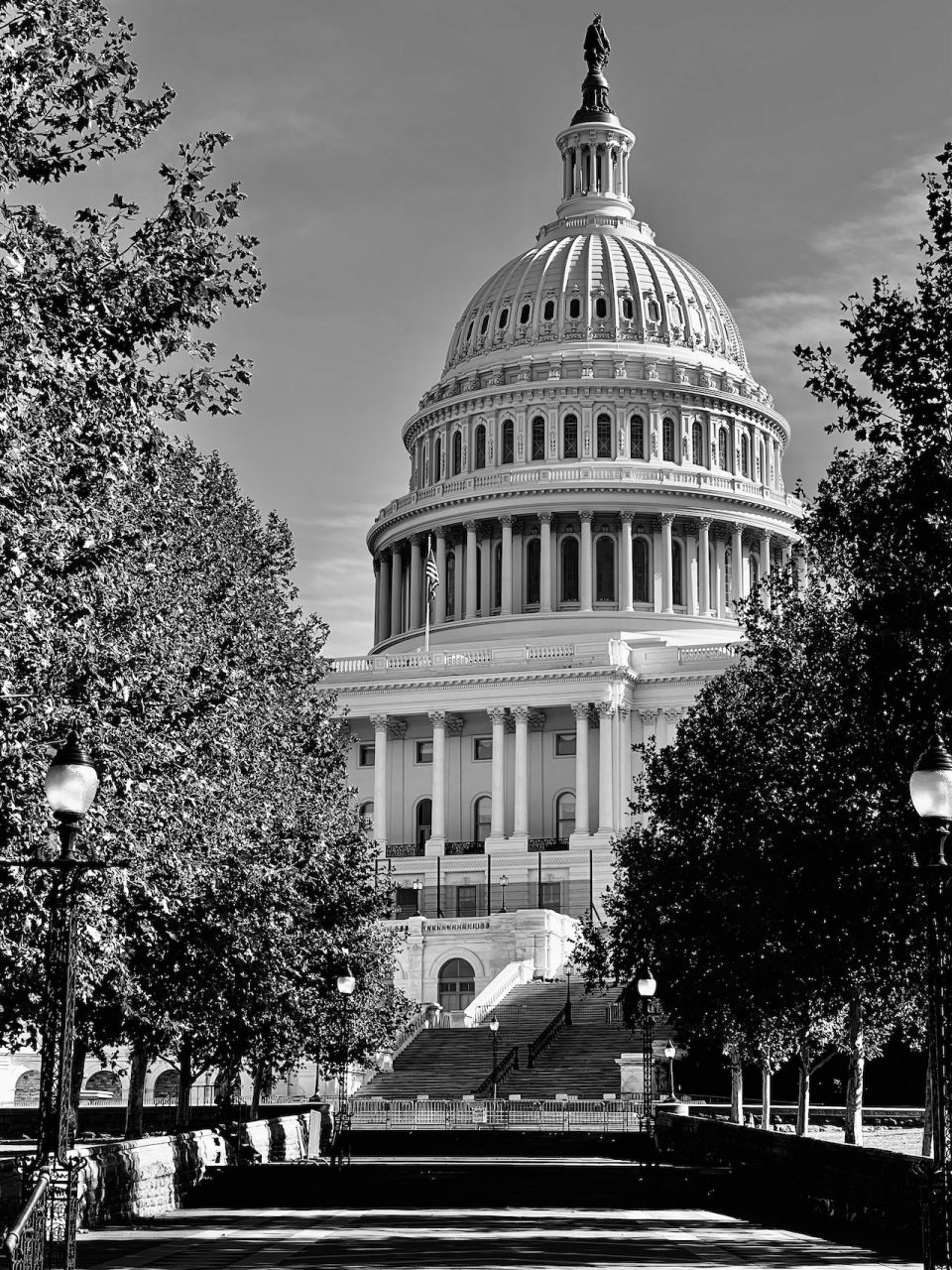Despite a slight surge in consumer prices in August, the Federal Reserve is unlikely to alter its course, according to several economists. This comes as Wall Street maintained its calm demeanor on Wednesday, in the wake of higher-than-expected inflation data for August.
Data released by the Bureau of Labor Statistics indicated a rise in consumer prices in August, largely attributed to an increase in oil prices. The Consumer Price Index (CPI) showed a 0.6% monthly increase, with a 3.7% rise over the past year. This acceleration compared to July’s 0.2% monthly uptick and a 3.2% annual gain. Notably, the year-over-year increase exceeded economists’ predictions, which had anticipated a 3.6% annual rise, according to Bloomberg data.
Despite these figures, the market appeared unperturbed. The S&P 500 (^GSPC) inched up by approximately 0.3%, while the Dow Jones Industrial Average (^DJI) saw a 0.2% rise in morning trading. The tech-focused Nasdaq Composite (^IXIC) also advanced by 0.3%.
According to the CME FedWatch Tool, the likelihood of the Fed pausing its rate hikes next week rose to 97%, compared to 92% the previous day.
Sam Millette, fixed income strategist for Commonwealth Financial Network, noted, “Ultimately this release showed that there is still real work to be done to get inflation back to the Fed’s 2% target. However, the higher-than-expected consumer inflation in August is not expected to lead to a rate hike at the Fed’s meeting next week.”
The response of the Federal Reserve to these elevated prices in August holds significant implications for the market. In recent months, optimism has grown regarding the Fed’s policy response to inflation, which has succeeded in curbing historically high inflation levels while preventing a recession. However, the Fed faces a challenging balancing act, as any signs of inflation failing to decelerate swiftly may pressure central bankers to implement more stringent measures to rein in the economy.
The surge in gas prices accounted for over half of the consumer inflation increase. Fluctuations in the energy market underscore how geopolitical factors, beyond the Fed’s control, can significantly impact the US economy. Despite this, central bankers must grapple with such events. Saudi Arabia and Russia’s announcement of extending unilateral output cuts through year-end has amplified concerns about global supply.
Claudia Sahm, former Federal Reserve Board economist and founder of Sahm Consulting, emphasized, “These are geopolitical events that are driving energy prices, and this is a good reminder that today, it is not all about the Fed in terms of policy responses.”
The lukewarm reception of the latest data on Wall Street suggests that the Fed is unlikely to adopt a more aggressive stance to combat inflation during next week’s Federal Open Market Committee meeting. Instead, the central bank is expected to maintain its wait-and-see approach as it heads into its next meeting in November.
Nancy Vanden Houten, the lead US economist at Oxford Economics, expressed her expectation that the slowing economy, cooling labor market, and moderating wage growth will further decelerate inflation. She anticipates that this will enable the Fed to keep its policy steady until gradually reducing rates in mid-2024.
Despite the uptick in inflation, several experts suggest that future rate hikes remain on the table, particularly if oil prices continue to climb.
Chris Zaccarelli, chief investment officer for Independent Advisor Alliance, commented, “This isn’t the goldilocks number that investors were hoping for, but markets can still trade in a range — as inflation is high enough to keep the Fed still in play, but not hot enough for a shift away from the ‘Fed is almost done’ narrative.”
Source: Yahoo Finance

